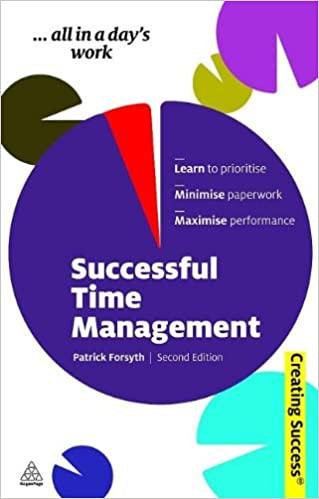Recently, All Wong, who works at Beef International, which works with the Department of Defense's Taiwan preparations. Ms. Wong resenting read an article in the Journal of Operations Management about time-phased MRP. As an ambitious AVP of Operations, Ali Wong wanted to study the feasibility of implementing what she had just learned. Step One: prepare a master schedule for one of the engine types produced by Beef International: the Ultra 2023 Model 1000 engine. This schedule indicates the number of units of the Ultra 2023 Model 1000 engine to be assembled each week during the last 12 weeks and is shown on the below. Step Two: All Wong decided to simplify the requirements planning example by considering only two of the many components that are needed to complete the assembly of the Uitra 2023 Model 1000 engine. These two components, the gear box and the input shaft. are shown in the product structure diagram below. Her assistant, Steven Yeun, noted that the gear box is assembled by the Subassembly Department and subsequently is sent to the main engine assembly line. The input shaft is one of several component parts manufactured by Beef that are needed to produce a gear box subassembly. Thus, levels 0,1 , and 2 are included in the product structure diagram to indicate the three manufacturing stages that are involved in proctucing an engine: the Engine Assembly Department, the Subassembly Department, and the Machine Shop. The manufacturing lead times required to produce the gear box and input shaft components are also indicated in the product structure diagram. Note that two weeks are required to produce a batch of gear boxes and that all the gear boxes must be delivered to the assembly line parts stockroom before Monday morning of the week in which they are to be used. Likewise, it takes three weeks to produce a lot of input shafts, and all the shafts that are needed for the production of gear boxes in a given week must be delivered to the Subassembly Department stockroom before Monday morning of that week. In preparing the MRP example she utilized the following worksheets (shown below) shown and to make the following assumptions: 1. Twenty two gear boxes are on hand at the beginning of Week 1, and eight gear boxes are curfently on order to be delivered at the start of Week 2. 2. Forty five input shafts are on hand at the start of Week 1, and 25 are scheduled for delivery at the beginning of Week 2. 1. Twenty two gear boxes are on hand at the beginning of Week 1 , and eight gear boxes are currently on order to be delivered at the start of Week 2. 2. Forty five input shafts are on hand at the start of Week 1 , and 25 are scheduled for delivery at the beginning of Week 2. a. Initially, assume that All wants to minimize her inventory requirements. Assume that each order will be only for what is required for a single period. Calculate the net requirements and planned order releases for the gear boxes and input shafts. Assume that lot sizing is done using lot-for-lot (L4L). (Leave no cells blank - be certain to enter " 0 " wherever required.) Gear Box Requirements Input Shaft Requirements









